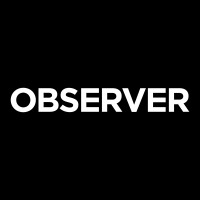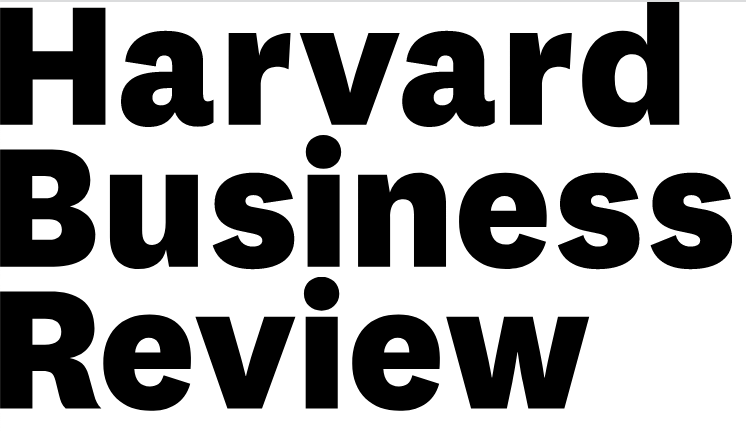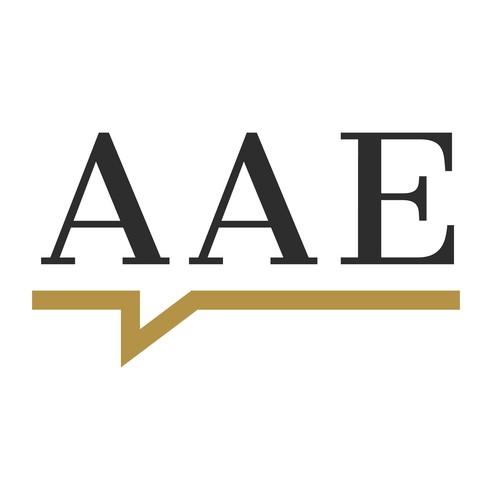How can you achieve fit? Recruitment and Engagement efforts.
Recruitment
Familiar with KSAs? Knowledge, Skills, and Ability. When looking for talent it needs to be specific. Everybody has some sort of talent. Recruitment efforts need to be geared toward finding the best person for a specific job. Two points. One, know your culture. This is your brand. It is an absolute must that you find people who can identify and align with the shared values and beliefs of the organization. Culture is what the employees experience; it is what unifies everyone. A person-organization clash will not work out. Two, identify the need; what does this position need to accomplish to meet company goals? Once you have a need, write a job description to grab the attention of seekers who have the KSAs required for success. The key is to write specific job descriptions for a small pool rather than attracting thousands of mediocre applicants. When you have the right people who have the requirements to deliver, you should be able to operate with fewer staff. Get the right people the first time.
Engaged vs. Content
Committed employees means more than happiness in the workplace. A content employee may show up every day and exist doing stuff from 9am-5pm. They may be satisfied enough to keep showing up day after day, mostly because they need a job. I know lots of people like this. Being content is stable but it is stale. Content employees may not be actively disengaged but they give nothing extra and you get nothing extra. This is not the type of employer/employee relationship you want. On the other hand, engaged employees make you money. As noted above, it starts with the right fit but keeping employees engaged over time takes strategy and needs to be a way of life, it needs to be the culture. The psychological contract looks like this: management supplies the tools and resources needed to perform duties, communicates constantly, gives the autonomy to make decisions and approach their work in ways which best suits their personalities, requires accountability because work should be challenging but give a sense ownership, provide opportunities to learn and develop professionally, and recognize and reward a job well done. Appreciation and a simple thank you goes a long way (so doesn’t a trip to an island but you get my point). In return, you get people who are enthusiastic, inspired, and confident. They think and act proactively, adapt to and embrace change, know the big picture and how they can make an impact, and put forth discretionary efforts to align with company goals. Furthermore, engaged employees create both tangible and intangible assets. Enhanced performance results in tangible returns such as increased productivity. Intangible assets, the stuff you can’t directly see, include innovative ideas, brand image which is transparent internally and externally, intellectual capital, and of great importance, lowers your risk profile because you have dedicated employees who create value through consistent interaction with customers resulting in customer loyalty. And of course, engaged employees are less likely to leave when there is sustained energy in the work environment.
So, yeah, I would say fit is kind of important. Define your virtues. Live the virtues. Cultures that do not tolerate unfitting members make for the most cohesive team environments. This is not to be harsh. It is about setting expectations and walking the talk.









